
Bobcat (scientific name: Lynx rufus) is a cat species distributed in North America, with a total of 12 subspecies.Bobcats have a strong ability to adapt to the environment and are animals that are active at dawn, mainly appearing at dawn and dusk. They start to move three hours before sunset until a...
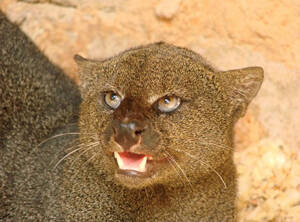
The slender-waisted cat (scientific name: Herpailurus yaguarondi) is also known as Jaguarundi and Eyra Cat in foreign languages. There is only one species in this genus, namely the slender-waisted cat. It is a medium-sized wild cat. In some Spanish-speaking countries, the slender-waisted cat is also...
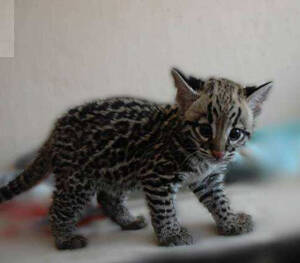
The Iriomote cat, scientific name Felis iriomotensis (P.b.iriomotensis), is a subspecies endemic to Okinawa, Japan. In the local dialect, the Iriomote cat is called "Yamamaya" (cat in the mountains), "Pingumaaya" (cat that escaped) and "Yamapicalaya", which shows that t...
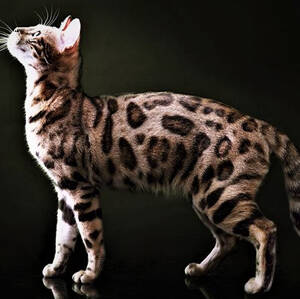
Rusty-spotted cat (scientific name: Prionailurus rubiginosus), also known as Rusty-spotted Cat, or simply Rusty-spotted cat, is a very small wild cat with two subspecies.Rusty-spotted cats are small, agile, and active. They are nocturnal animals. They mostly sleep in their dens during the day and co...
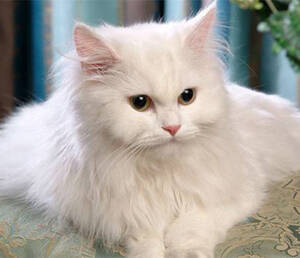
The Ankara cat, also known as the Turkish Angora cat, is one of the oldest long-haired cat breeds and was named after the capital of Turkey. Ankara's old name - Angola. Its origin dates back to the 16th century, making it the oldest long-haired cat breed. Since its introduction to Europe, its no...
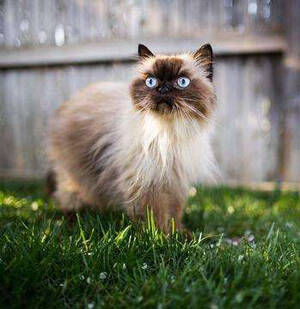
The Himalayan cat is named because it looks very similar to the rabbit with this name, and has nothing to do with the Himalayas. The breeding of Himalayan cats can be traced back to 1924, when a Swedish geneticist crossed Siamese cats, Burmese cats and Persian cats, but did not get obvious results....
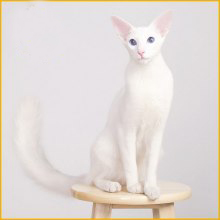
The Oriental Longhair is a new breed obtained by crossing the Oriental Shorthair and the Balinese (semi-longhaired Siamese cat). TECA announced the standard of this breed in 1998. This breed is still rare in Europe.Oriental longhair cats are very lively, energetic, playful, strong-willed, and more d...

Balinese cats are produced by natural mutation or hidden genetic traits of Siamese cats, so they were originally called long-haired Siamese cats. Balinese cats originated in the United States. They are long-haired mutants found in the offspring of Siamese cats raised by Mrs. Beren Smith in New York...
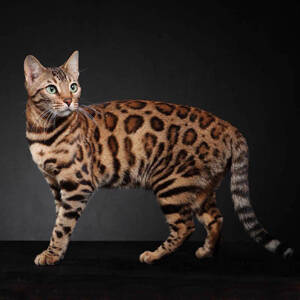
The term "leopard cat" actually refers to two types of cats. One is the wild Asian leopard cat (a small wild cat with leopard-like patterns), and the other is a new breed of domestic cat produced by cross-breeding between Asian leopard cats and domestic cats. The leopard cats we refer to h...

The first Ocicat kitten was born in Europe in 1984. The spots on the body are carefully bred. The entire coat is striped, except for the tip of the tail, and the body has a distinct spotted pattern. The coat color is different from the eye color, but blue eyes are not allowed. Another important feat...

The origin of the name of the Chateau cat is that it is the same color as the monk's robes of the Chateau cat sect monks, or it is the descendant of the blue cat born in the Chateau cat sect monastery. No matter which legend it is, it is related to the Chateau cat sect monastery. But in fact, it...
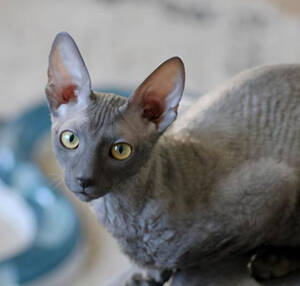
Cornish Rex, also known as Cornish Rex in English, can be described as "extreme". It is the opposite of Persian cats (or Garfield cats). It is extremely friendly, extremely slender, extremely tall, extremely lively, with an extremely small head, extremely large and upright ears, extremely...
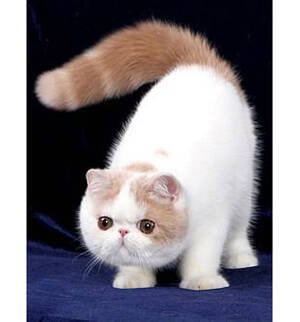
Exotic Shorthair, also known as Exotic or ExoticShorthair, was bred in the 1960s in the United States by artificially mating long-haired cats such as Persian cats with American Shorthair cats and Burmese cats. When the breeding plan was first carried out, the Exotic Shorthair cats were still very th...
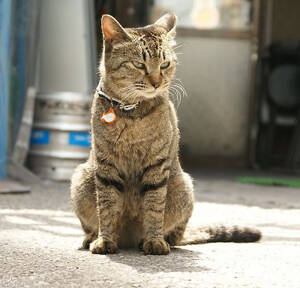
The scientific name of the tabby cat is Tigertight Felis, which was bred by American pet lover Judy Sagin after 15 years of attempts. In 1980, American pet lover Judy Sagin found that her two tabby cats had very unique stripes. So she introduced another male cat with similar stripes from India to ma...
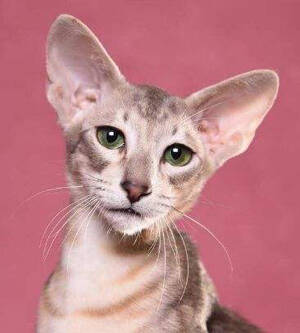
Oriental Shorthair Cat, scientific name Felinae, has a charming oriental body shape, and exudes a unique charm of oriental cats.The birth of the Oriental Shorthair Cat with big ears seems to be an accident. In order to create pure white Siamese cats, white cats and Siamese cats were bred. However, t...

The American Wirehair cat is called American Wirehair in foreign language. It was born in 1966 on a farm outside New York, USA, from a breed of American shorthair cat due to gene mutation.The American Wirehair cat is gentle, lively, smart, curious, bold, not afraid of strangers, and easy to get alon...
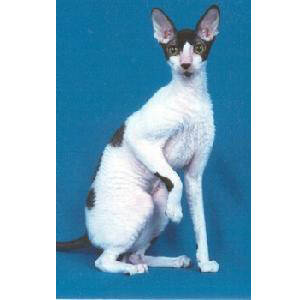
The Rex cat appeared in West Berlin in 1946 and was registered in 1951. Rex cats are smart and clever, and have an outgoing personality. Because Rex cats have thin fur and lack a fluffy layer, they are sensitive to temperature changes and are not cold-resistant. Some people believe that feeding Rex...
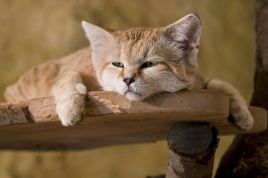
The Sand Dune Cat (scientific name: Felis margarita) is known as Sand Cat, Sand Dune Cat in English, Chat des sables in French, Gato de las Arenas, Gato del Sahara in Spanish, Arabic Qit al rimal in Arabic, pshaya koshka in Russian, and is one of the smallest cats with 6 subspecies.Sand cats are noc...

Cheetah (scientific name: Acinonyx jubatus) English Cheetah, Hunting Leopard, French Guépard, Spanish Chita, Guepardo, German Gepard, is the only species under the genus Cheetah, with 5 subspecies and 1 variant.Cheetah population densities range from 1 per 20 square kilometers to 1 per 100 square k...
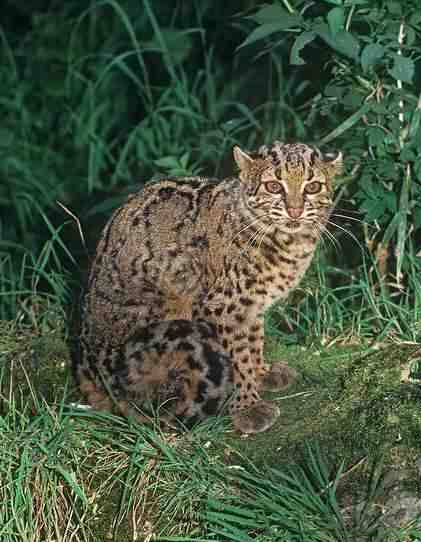
The Nepalese Marbled Cat is a subspecies of the marble cat. It is slightly larger than a domestic cat, with a tail that is nearly as long as its body and very large feet. It is more like a panther than a cat.Clouded cats are genetically between "big cats" (such as tigers, leopards, snow le...